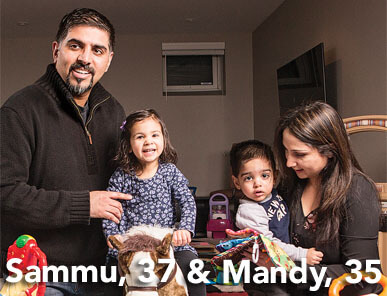How to pay for today and save for tomorrow
Lindsay Tithecott outspends her income every month. But our experts have a #MoneyFit plan for her
Advertisement
Lindsay Tithecott outspends her income every month. But our experts have a #MoneyFit plan for her




Share this article Share on Facebook Share on Twitter Share on Linkedin Share on Reddit Share on Email